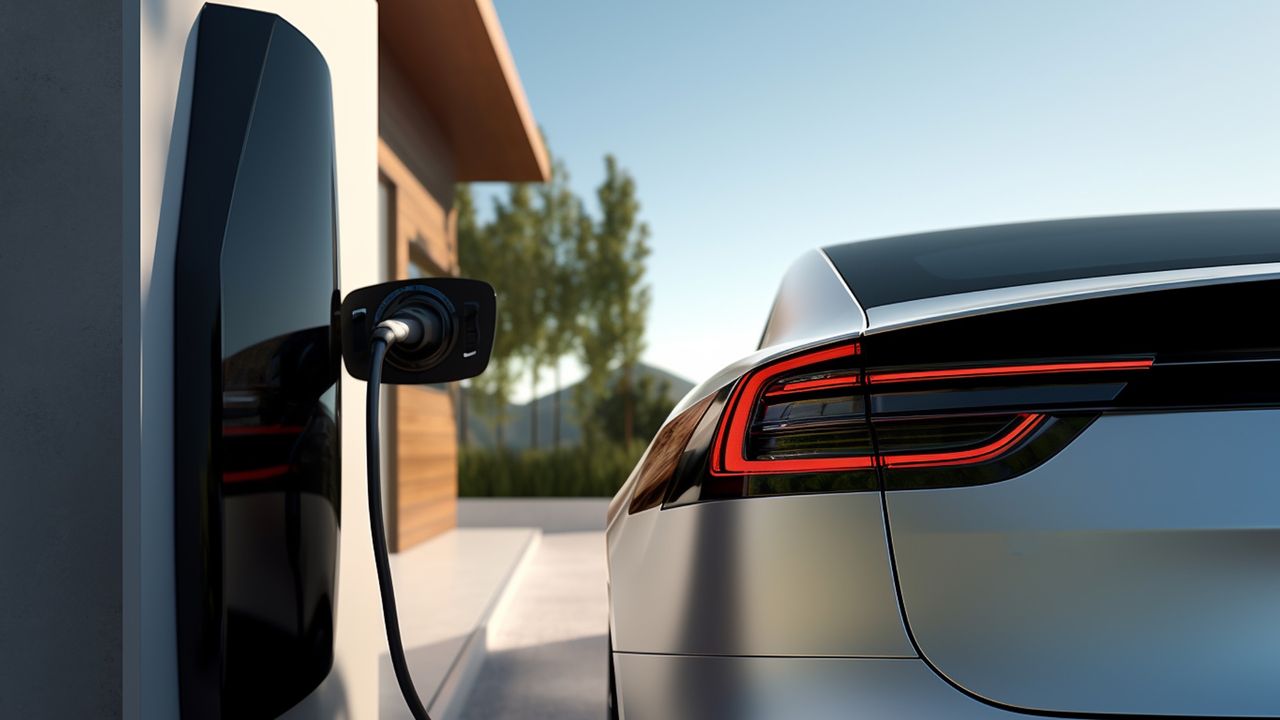Electric Vehicle Adoption Rates and Trends: Understanding Consumer Preferences and the Latest EV Models
Electric vehicles (EVs) have gained significant popularity in recent years, with more and more consumers opting for these eco-friendly alternatives to traditional gasoline-powered cars. The adoption rates of EVs have been steadily increasing, driven by various factors such as government incentives, environmental concerns, and advancements in technology. In this article, we will explore the current trends in electric vehicle adoption and delve into consumer preferences and the latest EV models available in the market.
1. Rising Adoption Rates
The adoption rates of electric vehicles have witnessed a remarkable surge in recent years. According to a report by the International Energy Agency (IEA), the global electric car stock exceeded 5 million vehicles in 2018, representing a growth of 63% compared to the previous year. This trend is expected to continue as more countries and cities implement policies to encourage the use of electric vehicles.
One of the main driving forces behind the rising adoption rates is the increasing awareness of environmental issues. Consumers are becoming more conscious of their carbon footprint and are actively seeking greener alternatives. Electric vehicles, with their zero-emission capabilities, offer an attractive solution to reduce air pollution and combat climate change.
2. Consumer Preferences
Understanding consumer preferences is crucial for the widespread adoption of electric vehicles. Several factors influence consumers’ decision-making process when considering an EV purchase:
a. Range Anxiety
Range anxiety, the fear of running out of battery power while driving, has been a significant concern for potential EV buyers. However, with advancements in battery technology, the range of electric vehicles has significantly improved. Many EV models now offer ranges that can rival those of traditional gasoline-powered cars, alleviating range anxiety and increasing consumer confidence.
b. Charging Infrastructure
The availability of a robust charging infrastructure is another crucial factor influencing consumer preferences. Consumers need convenient access to charging stations, both at home and in public places, to ensure a seamless driving experience. Governments and private companies are investing heavily in expanding the charging network, addressing this concern and encouraging EV adoption.
c. Total Cost of Ownership
While electric vehicles may have a higher upfront cost compared to conventional cars, the total cost of ownership over the vehicle’s lifespan can be lower. EVs have lower maintenance and operating costs, as they require less frequent servicing and have lower fuel costs. Additionally, government incentives and tax credits further reduce the financial burden for consumers, making electric vehicles an attractive long-term investment.
3. Latest EV Models
The electric vehicle market is rapidly evolving, with various manufacturers introducing new and improved models. Here are some of the latest EV models that have garnered significant attention:
a. Tesla Model 3
The Tesla Model 3 has revolutionized the electric vehicle industry, becoming one of the most popular EVs worldwide. With its sleek design, impressive range, and advanced features, the Model 3 has set new standards for electric vehicles. It offers a range of up to 353 miles (568 kilometers) on a single charge, making it a compelling option for consumers.
b. Nissan Leaf
The Nissan Leaf is one of the best-selling electric vehicles globally. Known for its affordability and practicality, the Leaf offers a range of up to 226 miles (363 kilometers) and comes with various features such as regenerative braking and advanced safety technologies.
c. Chevrolet Bolt EV
The Chevrolet Bolt EV is a compact electric car that offers an impressive range of up to 259 miles (417 kilometers). With its spacious interior, affordable price point, and strong performance, the Bolt EV has gained popularity among consumers looking for a practical and versatile electric vehicle.
d. Audi e-tron
The Audi e-tron is a luxury electric SUV that combines style, performance, and advanced technology. With a range of up to 222 miles (357 kilometers) and features like virtual side mirrors and a futuristic interior, the e-tron appeals to consumers seeking a high-end electric vehicle experience.
In Conclusion
The adoption rates of electric vehicles are on the rise, driven by consumer preferences and the availability of advanced EV models. As consumers become more environmentally conscious and governments continue to support the transition to electric mobility, the future of electric vehicles looks promising. With ongoing advancements in technology and infrastructure, electric vehicles are set to become the norm in the automotive industry, paving the way for a greener and more sustainable future.
